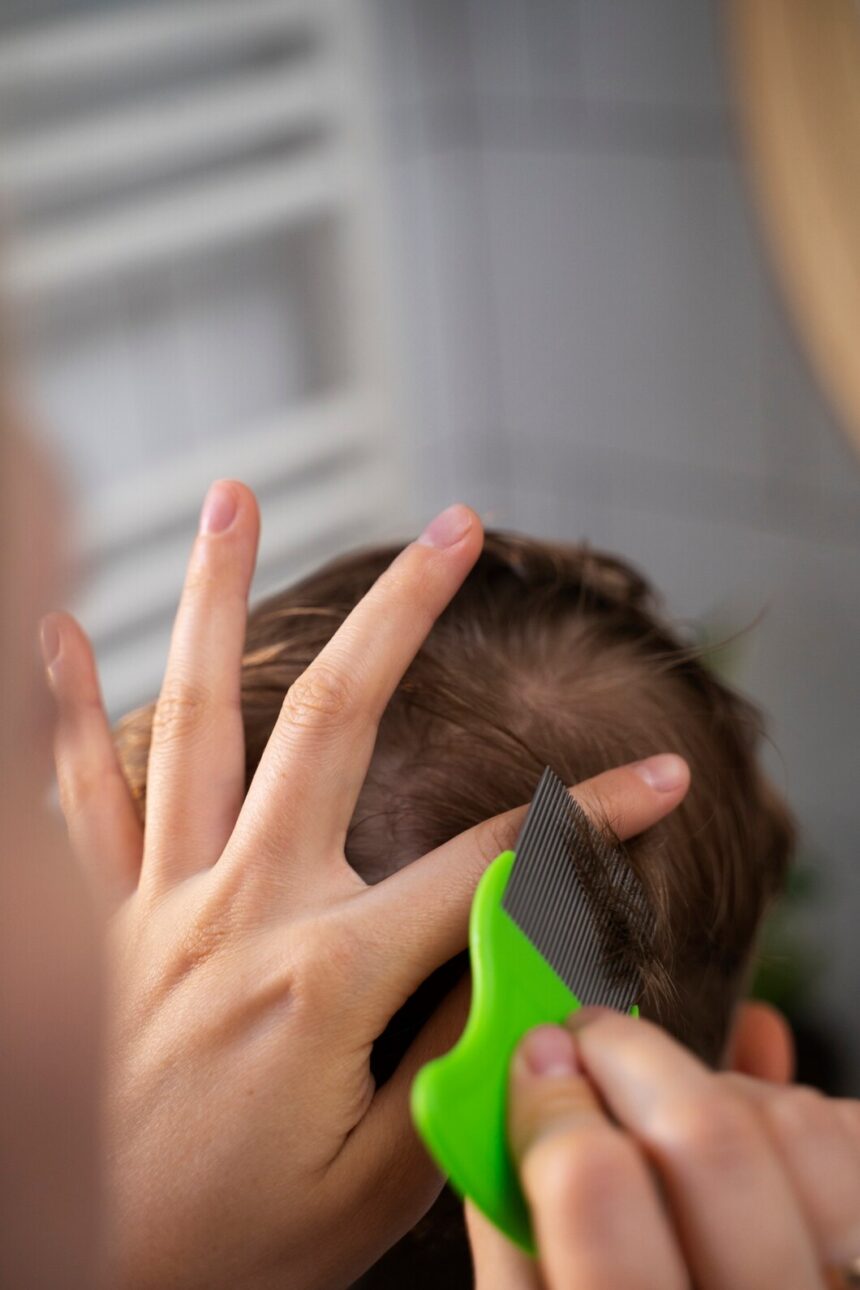Dealing with head lice, scientifically known as Pediculosis, can be a stressful experience for both children and adults. These tiny parasites can quickly spread, causing discomfort and itching. Understanding the signs of lice infestation is crucial for prompt treatment and prevention of further spread. Here’s what you need to know:
What are Lice?
Lice are parasitic insects that infest the scalp, feeding on blood and laying eggs (nits) in the hair. They are highly contagious and can spread easily through direct contact with an infested person or their belongings, such as hats, combs, or bedding.
Signs of Lice Infestation:
- Itching: Intense itching of the scalp is the most common symptom of a lice infestation. This itching is caused by an allergic reaction to lice saliva, which is injected into the scalp when they feed on blood.
- Tickling Sensation: Some individuals may experience a tickling sensation or a feeling of something moving in their hair, especially around the ears and neck.
- Visible Lice or Nits: Lice are tiny, wingless insects about the size of a sesame seed. While they can be difficult to spot due to their small size and quick movements, careful inspection of the scalp may reveal adult lice or their nits attached to the hair shafts.
- Red Bumps or Sores: Scratching the scalp excessively can lead to red bumps, sores, or even bacterial infections. These symptoms may develop as a result of the body’s reaction to lice bites or from secondary skin irritation caused by scratching.
- Presence of Nits: Nits are lice eggs that are attached to the hair shafts near the scalp. They are oval-shaped and often appear yellowish or whitish in color. Nits can be mistaken for dandruff or hair debris, but unlike dandruff, they are firmly attached to the hair and cannot be easily brushed away.
- Difficulty Sleeping: Lice tend to be more active at night, which can disrupt sleep and cause discomfort, particularly for young children.
How to Deal with Lice Infestation:
- Thoroughly Inspect the Scalp: Use a fine-toothed comb and magnifying glass to carefully comb through the hair and scalp, checking for lice and nits. Pay close attention to the nape of the neck, behind the ears, and other areas where lice are most likely to hide.
- Treatment with Lice Shampoo: Over-the-counter lice shampoos containing active ingredients such as pyrethrin or permethrin are commonly used to kill lice and nits. Follow the instructions carefully and repeat the treatment as recommended to ensure all lice and eggs are eradicated.
- Manual Removal: After using lice treatment shampoo, manually remove any remaining lice and nits using a fine-toothed comb. This process may need to be repeated several times over the course of a few weeks to ensure complete removal.
- Wash Bedding and Clothing: Wash all bedding, clothing, and personal items that may have come into contact with lice in hot water and dry them on high heat to kill any remaining lice or nits.
- Prevent Reinfestation: Teach children to avoid sharing personal items such as hats, combs, and hair accessories. Encourage regular head checks and prompt treatment of lice infestations to prevent further spread.
- Consult a Healthcare Professional: If lice infestations persist despite treatment efforts, or if there are concerns about potential complications such as bacterial infections, seek advice from a healthcare professional or dermatologist.
Recognizing the signs of lice infestation and taking prompt action is essential for effective treatment and prevention of further spread. By knowing what to look for and how to deal with lice infestations, you can quickly address the problem and minimize discomfort for you and your family. Remember to be patient and thorough in your treatment efforts, as eliminating lice requires diligence and persistence.










